IOT Solar Based Wireless Power Transfer on Road for Electrical Vehicle
₹18,500.00 Original price was: ₹18,500.00.₹13,850.00Current price is: ₹13,850.00.
This system charges a moving car equipped with a copper coil by using eight circular coils connected to an 8-channel relay module and pulse generator. As the car moves over each coil, IR sensors trigger the corresponding relay to induce a current in the car’s coil, which is displayed on an LCD and measured by a voltmeter. The car also has an ESP8266-01 Wi-Fi module that shares real-time voltage, temperature, and humidity data to a server, ensuring continuous monitoring and charging.
📺 YouTube Video : Watch Now
- Description
- Customizations
- Reviews (0)
Description
#ElectricVehicles #WirelessCharging #SolarEnergy #EVCharging #SmartTransportation
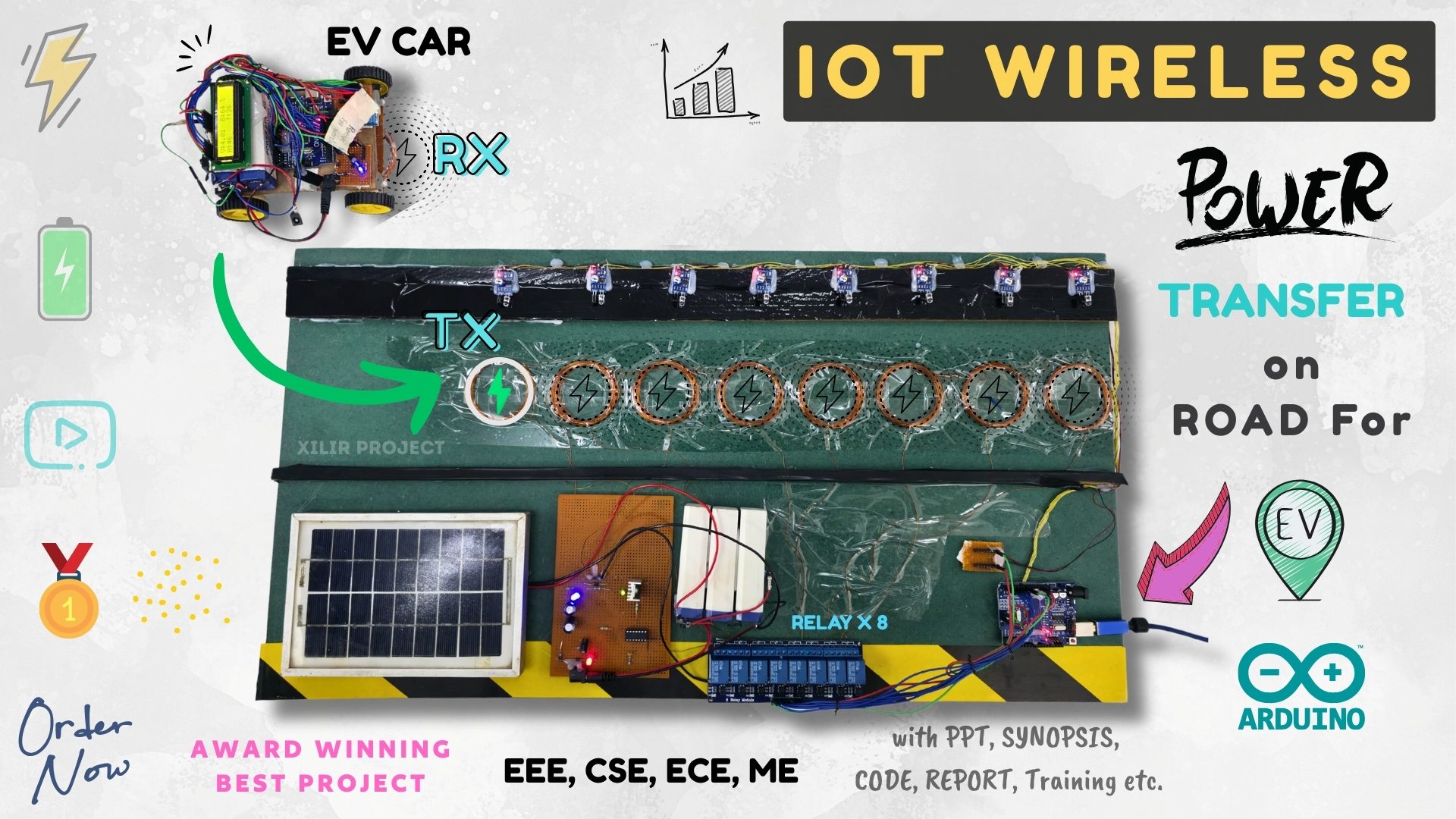
#ElectricVehicles #WirelessCharging #SolarEnergy #EVCharging #SmartTransportation #RenewableEnergy #GreenMobility #EVRevolution #WirelessPowerTransfer #SmartRoads
Introduction
In recent advancements in magnetic field simulation speed and capacity, as well as in power electronics, the area of wireless power transmission has grown considerably. Electric cars are being investigated as a possible substitute for internal combustion engine-powered vehicles in the future transport sector, particularly for CO2 reduction and alternative energy purposes.
However, because of the vehicle’s high weight, large capacity, and restricted driving range, many critical problems must be addressed. The article introduces the novel on-road dynamic wireless charging system for electric vehicles. The charging technique for electric vehicles is categorized as conductive or wireless, fixed or dynamic, and slow or rapid. In this project, a concept in which an electric car is charged while in motion, without the need for a halt. Furthermore, a green and creative method to generate energy for the purpose of charging these cars is being proposed.An idea in which an electric car is charged while driving without stopping. Additionally, providing a sustainable and creative method of generating energy for charging these cars.
The idea project consists of IR sensors and coils, when the IR sensor is triggered when the car comes, the coil below the vehicle is activated through the relay, and charging of the vehicle starts. The energy generated in this manner may be stored in a battery through conductive wires. Additionally, energy may be generated via the installation of solar panels and hydropower facilities. The microcontroller used is Arduino UNO, the IR sensor connected to it, with relays and coding to operate the relay corresponding to the IR sensor which is triggered by the vehicle on the road.
Objectives:
- To show battery Parameter on Web server like Battery %, Temperature, Humidity, Battery Voltage.
- To develop a wireless system power transmission system to charge the battery.
- To optimize coil power consumption when no vehicle is there.
- To develop a Robotic car to show continuous power delivery to the battery.
- To reduce the size of the battery used in the vehicle.
Components required
- Arduino UNO (X2)
- Coils 45 turns (X8)
- Coil 125 turns
- 4V DC motors (X4)
- Battery 4V
- Batteries 12V (4Vx3)
- Pulse generator module
- 8 channel relay
- LCD 16X2
- ESP8266-01 module (Wi-Fi)
- 5V regulator
- DHT-11 sensor
- Voltmeter
- Connecting wires
- Solar Panel
Methodology
In this project, the Arduino begins executing its code to control the various elements. Eight circular coils, each with 45 turns, are connected to an 8-channel relay module. Each relay channel is linked to a pulse generator module, which provides pulses to the coils. 8 IR sensor are also placed in front of each coil. A car, equipped with a 125-turn coil and an 8V battery driving four 4V DC motors, moves along the path of these coils, as it aligns its coil with the first circular coil. This alignment triggers the first IR sensor, activating the corresponding relay channel and completing the circuit between the first coil and the pulse generator. This induces a magnetic field in the first coil, generating an induced current in the car’s coil, which is measured by a voltmeter and displayed on a 16×2 LCD in the car. As the car further moves and the coil moves past the first IR sensor, the relay deactivates, and the process repeats for the next coils. This setup ensures that the car is charged as it moves. Additionally, the car has an ESP8266-01 Wi-Fi module and a DHT11 sensor to monitor and share real-time values of voltage, temperature, and humidity to a server, allowing for continuous monitoring of the car’s charging and environmental conditions.
Theory of Operation –🔋 Wireless Power Transfer via Inductive Coupling
1. Electromagnetic Induction Basics
When an alternating current flows through the transmitter coil, it generates a time-varying magnetic field. If a secondary coil (receiver coil) is placed within the magnetic field, a voltage is induced across it. This phenomenon is governed by Faraday’s Law of Electromagnetic Induction:
ε = -N × dΦ/dt
Where:
ε = Induced EMF (in volts)
N = Number of turns in the receiver coil
Φ = Magnetic flux through a single loop
dΦ/dt = Rate of change of magnetic flux
2. Magnetic Flux and Coupling
The magnetic flux Φ through the receiver coil is proportional to the magnetic field B generated by the transmitter coil and the effective area A of the receiver coil:
Φ = B × A × cos(θ)
Where:
B = Magnetic field strength
A = Area of the receiver coil
θ = Angle between the magnetic field and normal to the coil (ideally 0° for max flux)
The efficiency of transfer is determined by the coupling coefficient k, which depends on the alignment and distance between coils. The power transferred P can be approximated using mutual inductance M:
P = ω × M × I₁ × I₂
Where:
ω = Angular frequency of current (2πf)
M = Mutual inductance between coils
I₁, I₂ = Currents in transmitter and receiver coils respectively
Application to the Project
Transmitter Coil (Road Side): Each coil is excited by a pulse generator (AC source) when triggered by the corresponding IR sensor. These coils have 45 turns, generating a time-varying magnetic field under the car.
Relay Control: An 8-channel relay driven by the Arduino UNO ensures that only one coil is active at any time, based on which IR sensor is triggered. This sequential activation saves energy and avoids magnetic interference.
Receiver Coil (On EV): The car has a 125-turn receiver coil, which passes over each active transmitter coil. The coil picks up the changing magnetic field and induces a voltage based on the above principles. The voltage is monitored by a voltmeter and directly used to charge the battery or drive the DC motors.
Power Output Estimation (Simplified): Assuming an average induced voltage of V_ind ≈ 6.5 V and current I ≈ 0.5 A, the received power is:
P = V_ind × I = 6.5 × 0.5 = 3.25 W
Project Title Options:
- IoT-Enabled Solar Wireless Power Transfer System for On-Road EV Charging
- Smart Solar Road with IoT-Based Wireless Charging for Electric Vehicles
- Real-Time Wireless EV Charging System Using Solar and IoT Integration
- Dynamic On-Road EV Charging Platform Powered by Solar and IoT
- Intelligent Wireless Power Transfer System for Electric Vehicles Using IoT and Solar Energy
- Solar IoT Smart Road for Wireless EV Charging in Motion
- IoT-Driven Solar Charging Highway for Continuous EV Power Supply
- Self-Charging Smart Road: IoT and Solar Powered Wireless EV Charging System
- Wireless Solar Charging Infrastructure for EVs with IoT Monitoring
- IoT-Integrated Solar Smart Road for Sustainable Electric Vehicle Charging
Keywords:
IoT based wireless EV charging, solar wireless power transfer, electric vehicle charging on road, wireless power transfer for EVs, IoT EV charging system, smart EV charging infrastructure, solar-powered EV charging, EV wireless charging using IoT, renewable energy for electric vehicles, on-road EV charging system, solar IoT charging station, EV wireless energy transfer, intelligent transportation system EV, smart grid EV charging, green energy for electric vehicles, solar IoT EV project, sustainable EV infrastructure, wireless road charging for EVs, IoT enabled EV charger, real-time EV power monitoring system.
#SmartGrid #CleanEnergy #SustainableTransport #TechInnovation #SmartCity #IoTEnergy #SolarPoweredEV #DynamicCharging #EVInfrastructure #VehicleToGrid #SolarTech
================
# 🔖 What’s Included in Your Smart Cooling Helmet Project Kit?
💯 Fully Working & Assembled – Just plug and present
📘 Academic Docs – Includes synopsis, PPT, report & diagrams
🔄 Circuit & Block Diagrams – Clear and labelled
💻 Arduino Code + Training – Upload & customize easily
⚙️ Working Principle Explained – Easy-to-understand logic
📦 Component Specs + BOM – All parts documented
📑 Datasheets Provided – For sensors and modules
🔌 Wiring Guide – Step-by-step interfacing
🎓 Viva Q&A Help – With expert support via WhatsApp
🚚 COD & Delivery – Safe shipping across India
🧰 Demo Ready – Easy to disassemble & explain
🙌 Custom Help – Need extras? Just ask!
❓Need custom features or upgrades? Just ask – We’re happy to help! 🙌
================
Get the full working project with components, code, diagrams & explanation
No branding on project, handmade look for students, and different styles as required by students.
To Buy/ Make this project with training
IoT Solar Wireless Power Transfer for Electric Vehicles | Award-Winning Engineering Project
Contact us:
👨🏼🏭𝗩𝗶𝗽𝗶𝗻 𝗞𝘂𝗺𝗮𝗿 𝗦𝗵𝗮𝗿𝗺𝗮
Ph.D., M.Tech, B.Tech in ECE
🎓Lecturer 🚀#Researcher #Drone #Robotics
WhatsApp : https://wa.me/919810326343
✅🔥Follow us on
📺 YouTube 👥 Facebook 🐤 Twitter 📸 Instagram👨🏻🎓 LinkedIn
𝗔𝗯𝗼𝘂𝘁 𝗨𝘀 :
𝗫𝗶𝗟𝗶𝗥 𝗧𝗲𝗰𝗵𝗻𝗼𝗹𝗼𝗴𝗶𝗲𝘀™ is India’s 🔖Top rated & Leading R&D Company. It’s an ISO 9001:2008 Certified Company & Govt Approved under MCA & it was established in 2012.
Hi, guys if you want customizations in our projects you can contact us on WhatsApp us
Some Customization suggestions: Like IOT, Solar, Ml integration, Additional sensors, GPS GSM etc.

Be the first to review “IOT Solar Based Wireless Power Transfer on Road for Electrical Vehicle” Cancel reply
You may also like…
-
IOT based Wireless Charging Station for Electric Vehicles
₹12,500.00Original price was: ₹12,500.00.₹7,850.00Current price is: ₹7,850.00. -
Wireless Power Transfer on Road for Electric Vehicles
₹14,000.00Original price was: ₹14,000.00.₹12,500.00Current price is: ₹12,500.00.


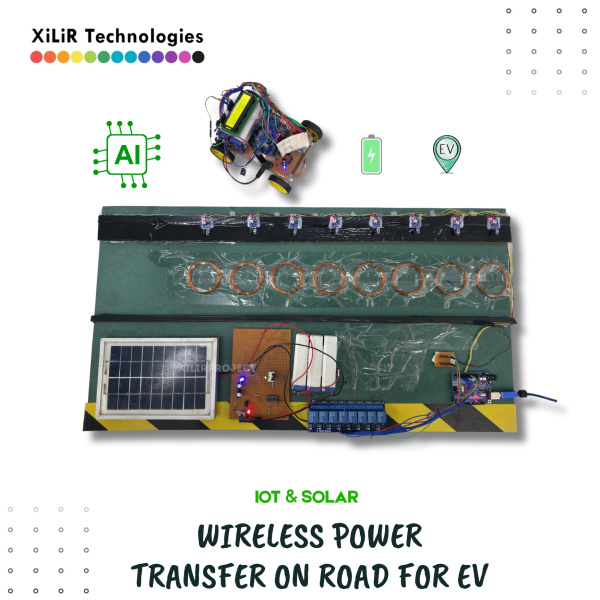
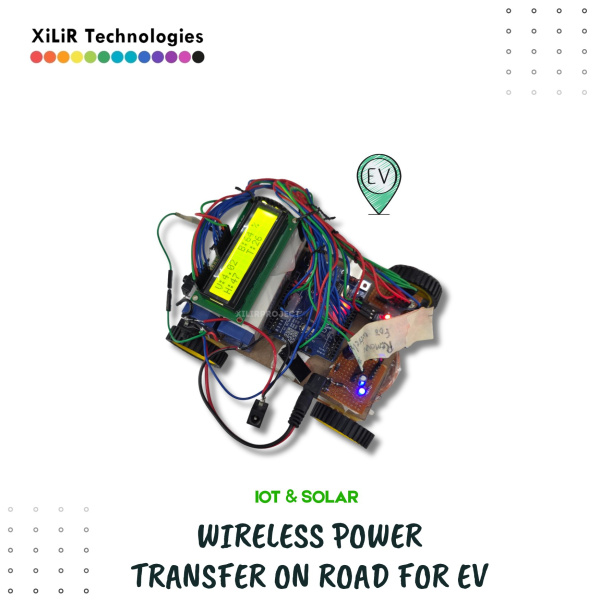

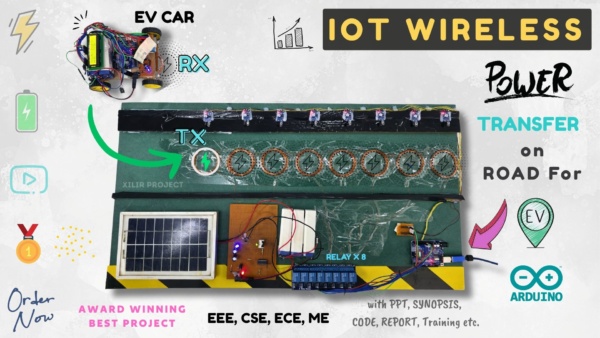
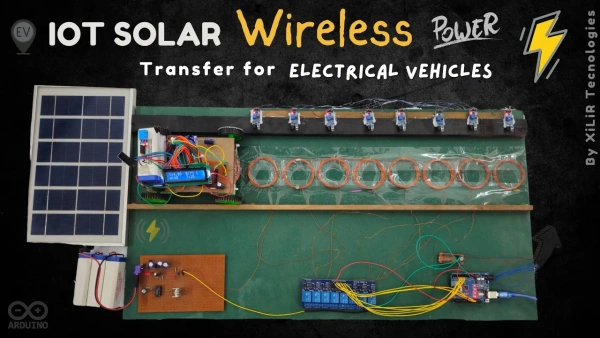

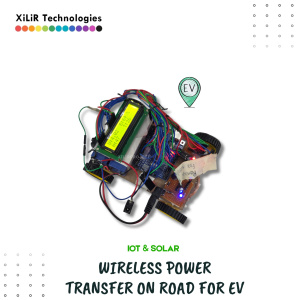








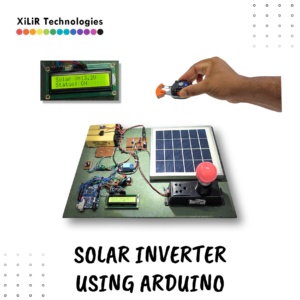
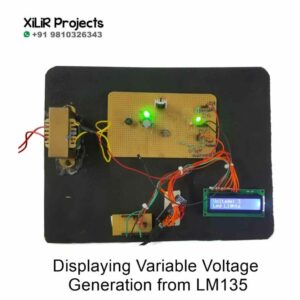
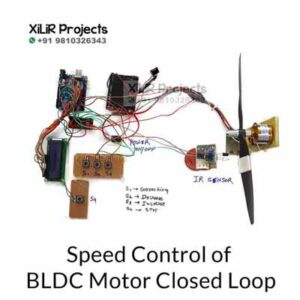

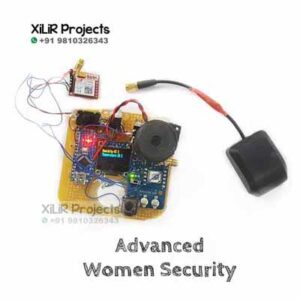
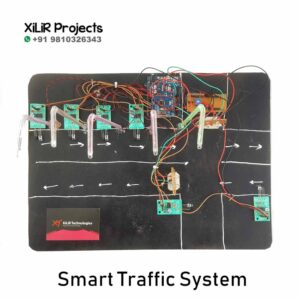
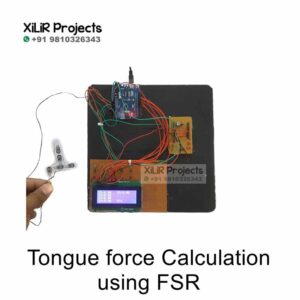













Reviews
There are no reviews yet.